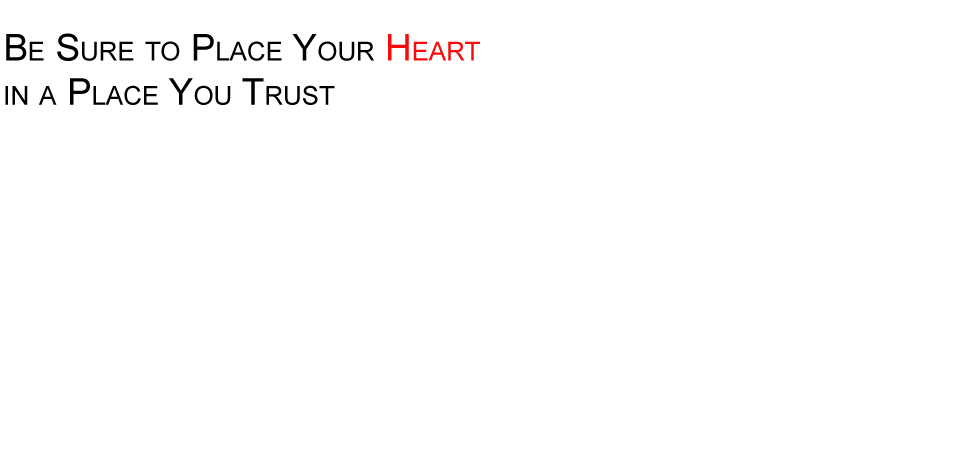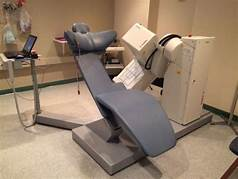Nuclear Stress Test
Nuclear stress testing is a diagnostic test to determine heart function and if the heart muscle is receiving adequate blood supply. You will either be scheduled for an Exercise/Treadmill Nuclear Stress Test or a Pharmacological (Lexiscan) Nuclear Stress Test. There are three parts to this test: rest pictures, active stress test (exercise or pharmacological) and stress pictures.
|
Part 1: Resting Pictures
Radiopharmaceutical isotope will be injected into your veins while you are at rest. You will then wait in our waiting room so the radiopharmaceutical isotope can circulate to your heart. This takes about 20 minutes. When the waiting time is done, a special camera will take pictures of your heart for approximately 15 minutes.
|
Part 2: Active Stress Test (Treadmill or Lexiscan)
Once you have completed the resting picures, you will be asked to return in the afternoon to complete your stress test. We will need to start an I.V. to access your veins. Depending on which test Dr. Kamme has ordered, you will either be exercising on a treadmill or be given Lexiscan for your stress test.
|
Exercise/Treadmill
You will be prepped and connected to a 12-lead ECG machine attached to our treadmill. The goal is to exercise until your diagnostic heart rate is reached. Your diagnostic heart rate is 85% of maximum heart rate and is age-dependant. As you are exercising, we will monitor your heart rate, heart rhythym, blood pressure and look for any ECG changes. When you have reached your 85% diagnostic heart rate, you will be injected with more of the same radiopharmaceutical isotope you were injected with earlier in the day. Once your heart rate and blood pressure have returned to baseline, more pictures are taken.
|
Pharmacological (Lexiscan):
Some patients are unable to do an exercise stress test for a variety of reasons. Dr. Kamme will set you up for a Lexiscan Stress Test. Lexiscan is designed to dilate your blood vessels to simulate an exercise stress test. The medication will be injected into your I.V. for 15-20 seconds followed by more radiopharmaceutical isotope. You will be prepped and connected to a 12-lead ECG machine. ECG and blood pressure will be monitored during this portion. Afterwards, more pictures are taken.
|
Part 3: Stress Pictures
After you have completed the active part of your stress test, more picures will be taken. You will go back under the special camera for approximately 15 minutes. Dr. Kamme analyzes all 3 parts and comes to a diagnostic conclusion and makes appropriate recommendations.
|
Pre-instructions:
Important things to remember:
- Please let us know prior to scheduling the test if you are claustrophobic.
- NO CAFFEINE 12 HOURS PRIOR TO TEST. This includes caffeinated and decaffeinated coffee, tea, chocolate, soda.
- Eat BREAKFAST prior to the test
- DO NOT TAKE ANY BETA BLOCKERS OR CALCIUM CHANNEL BLOCKERS OR NITRATES, NITROPATCHES 16 HOURS PRIOR TO THE TEST
- Dress comfortably, wear walking shoes or sneakers and loose fitting, two piece clothing
- Bring your medication(s) with you or a list of them including dosage
|



